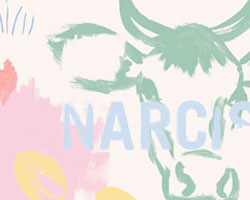KEEP UP WITH OUR DAILY AND WEEKLY NEWSLETTERS
PRODUCT LIBRARY
explore the design and architecture of the paris 2024 olympics, as well as the city shows coinciding with the games.
connections: +610
TERRA COSMOS deciphers new desires and expectations of consumers in search of awe-inspiring experiences through a vision of the future.
connections: 1
as visitors press the keys, a gooey liquid is brought to life, dancing hypnotically in sync with the chilling tunes.
connections: +250
watch iF Design's panel - power of place - livestreamed and moderated by designboom during NYCxDesign 2024.
connections: 90

 the paper of record
the paper of record invites for roth gallery
invites for roth gallery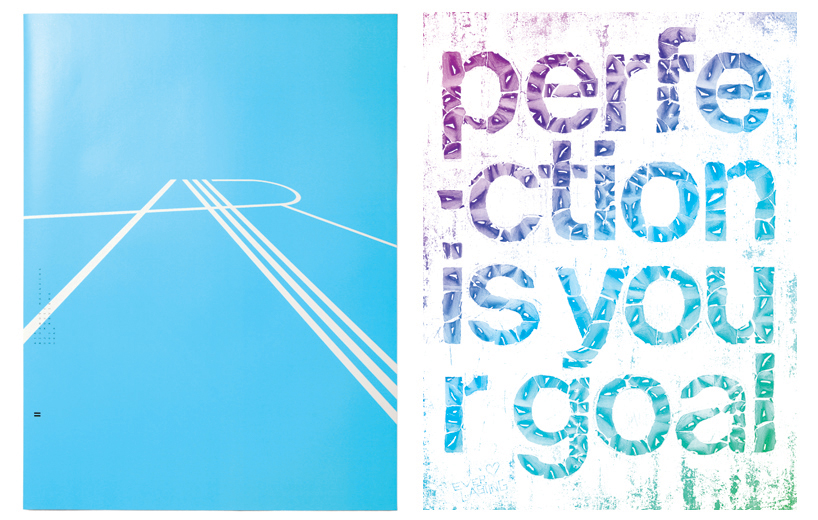 posters for air (left) and an exhibition at the type directors club
posters for air (left) and an exhibition at the type directors club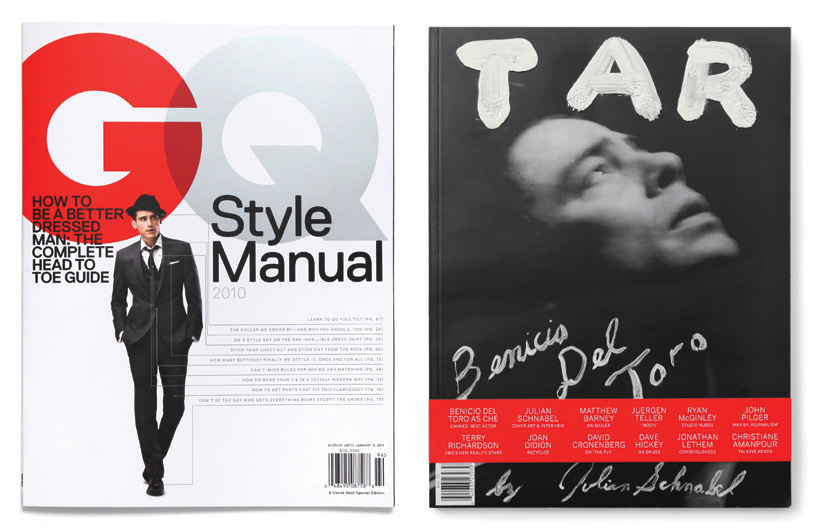 publications designed for GQ (left) and tar
publications designed for GQ (left) and tar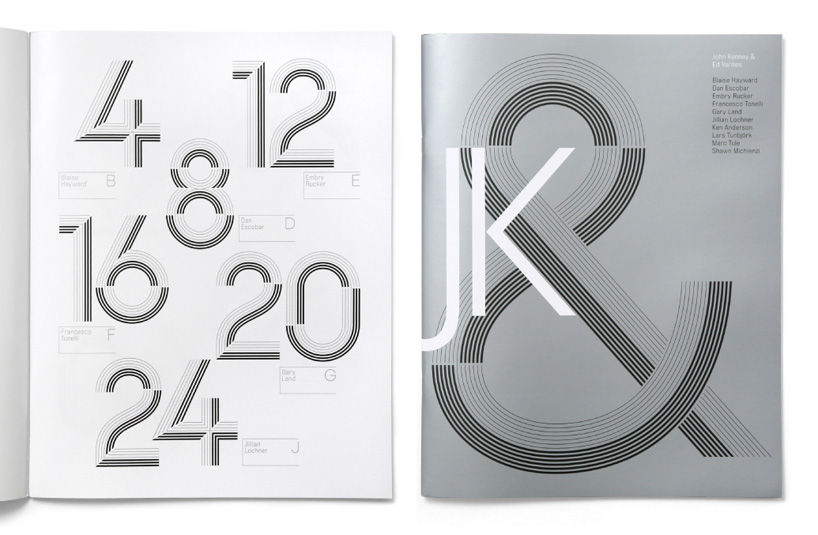 publication for a photo agency
publication for a photo agency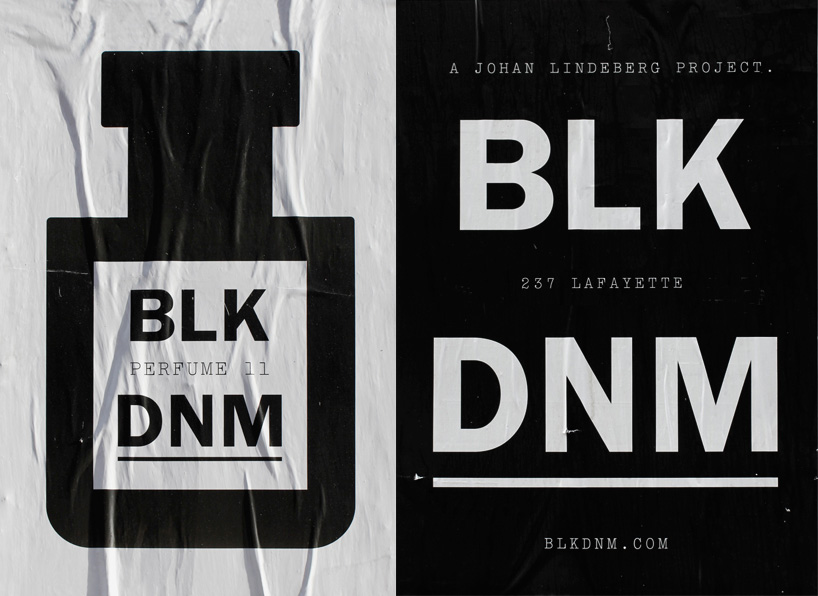 advertising for BLK DNM
advertising for BLK DNM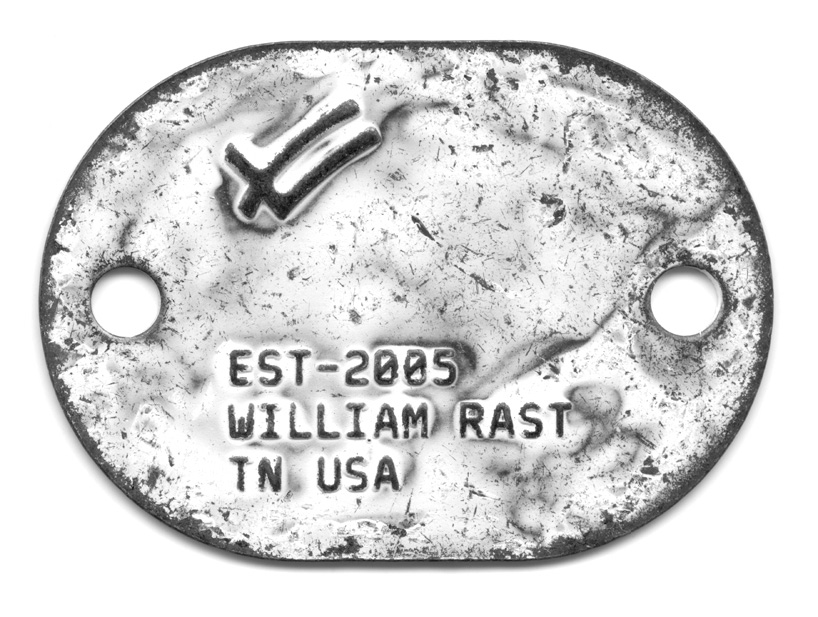 hangtag for william rast
hangtag for william rast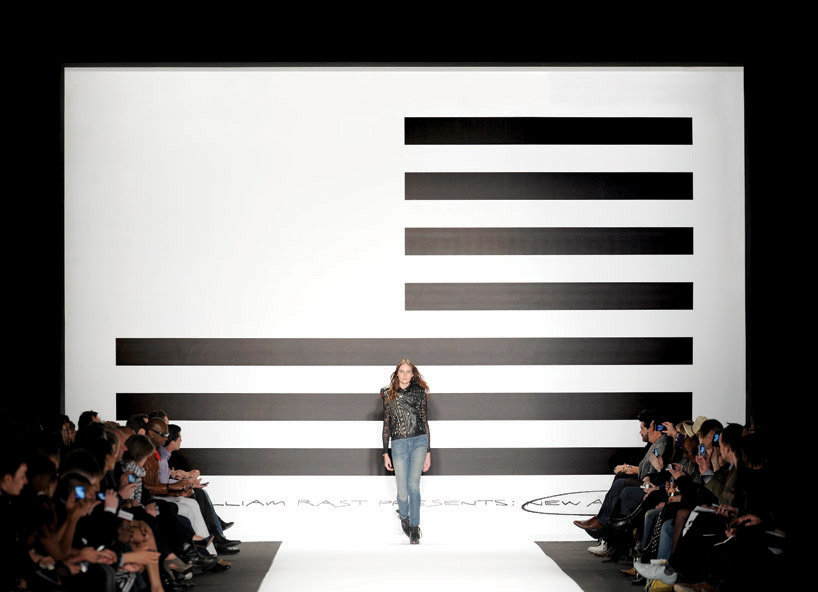 william rast runway show
william rast runway show pins for william rast
pins for william rast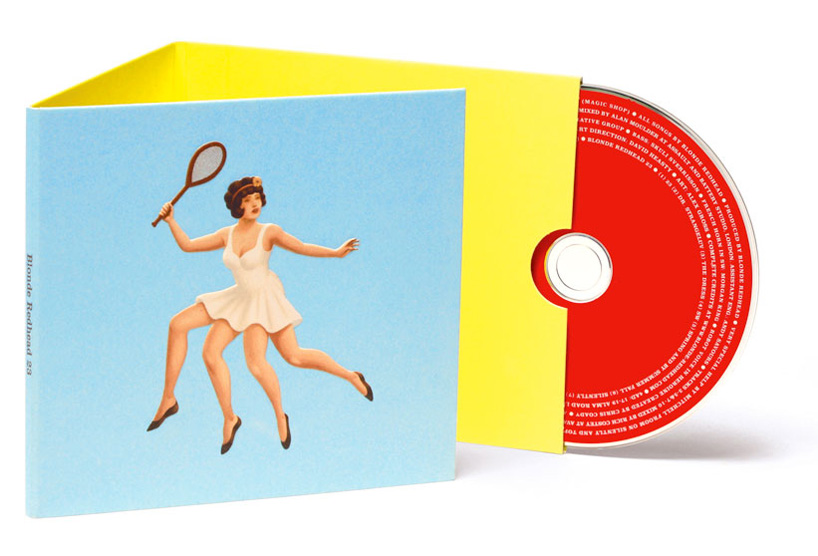 packaging design for blonde redhead
packaging design for blonde redhead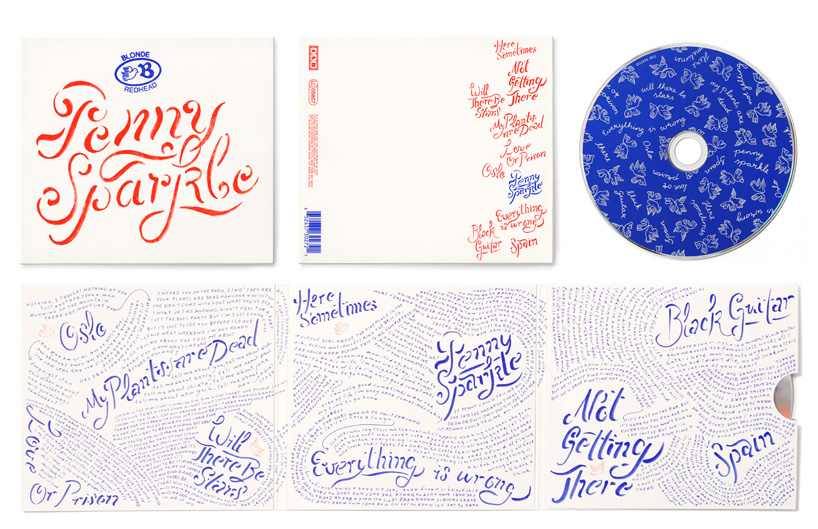 packaging design for blonde redhead
packaging design for blonde redhead towers of power matchbooks
towers of power matchbooks triboro’s one-color subway map
triboro’s one-color subway map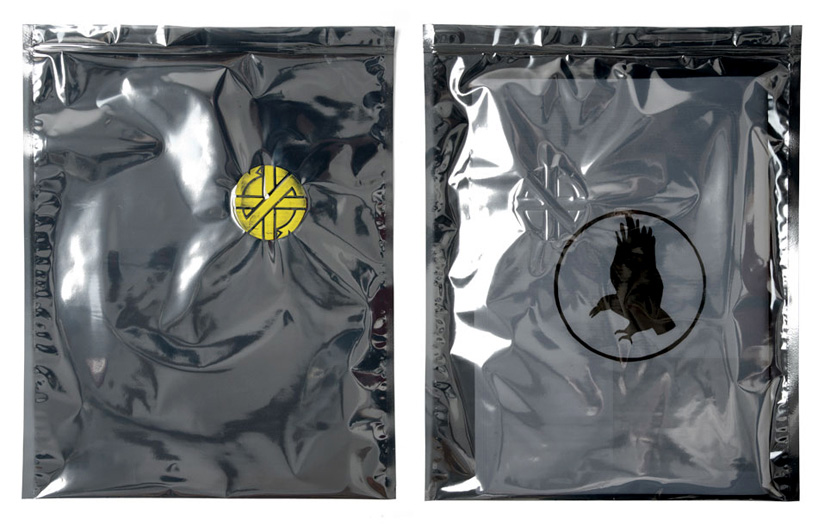 exhibition catalog on the band crass
exhibition catalog on the band crass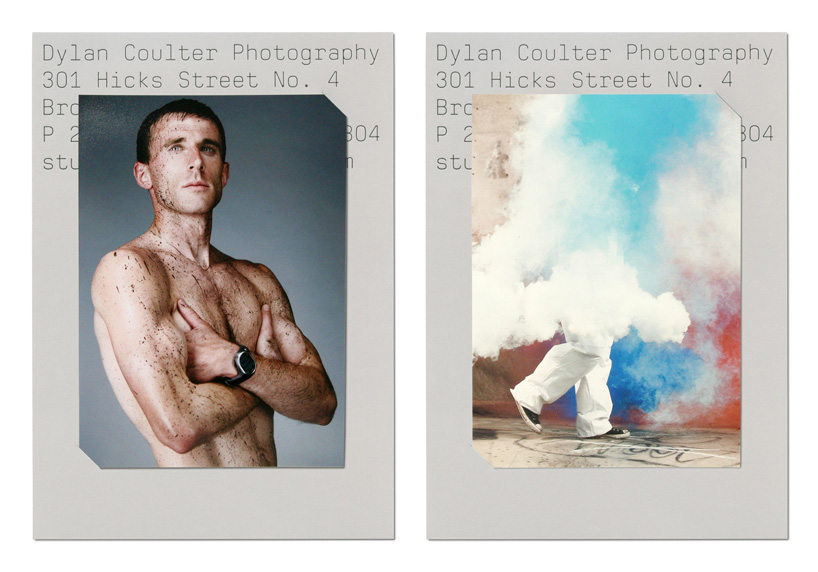 identity for the photographer dylan coulter
identity for the photographer dylan coulter




